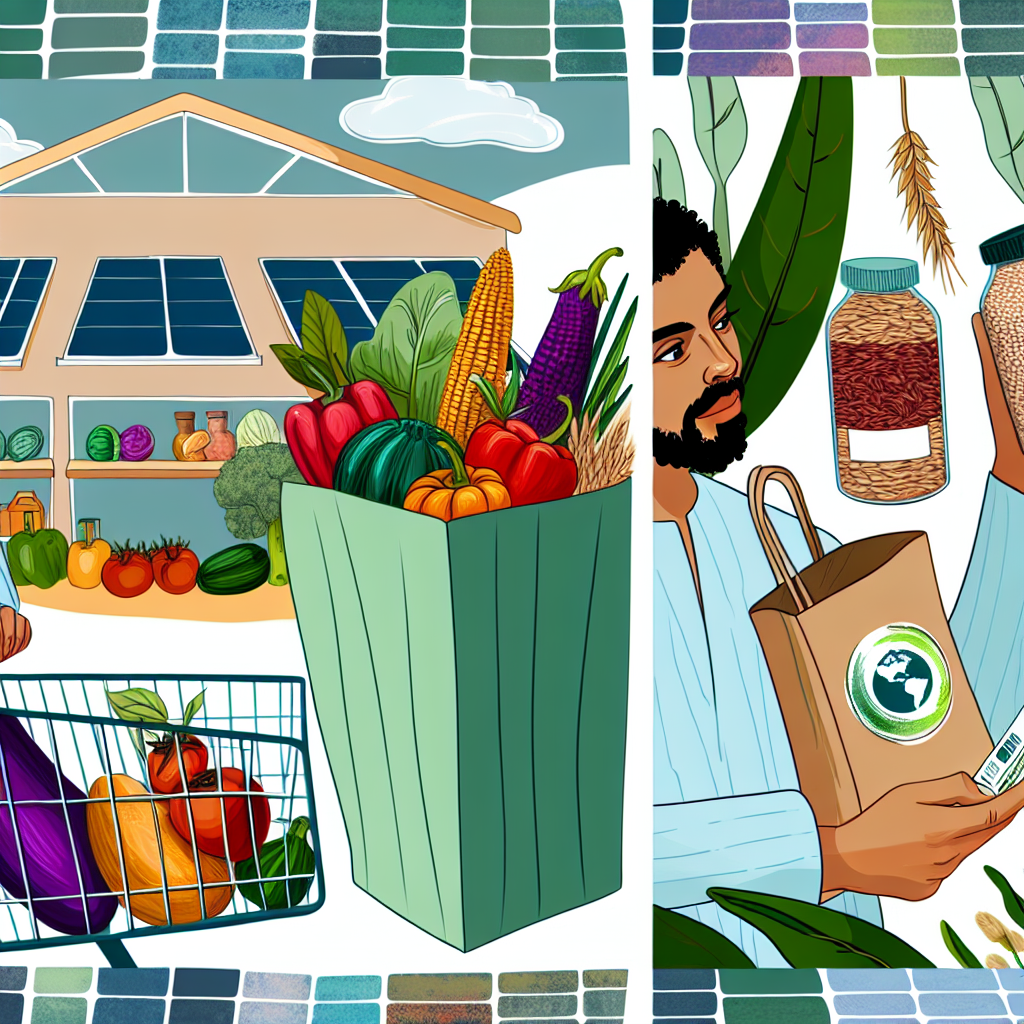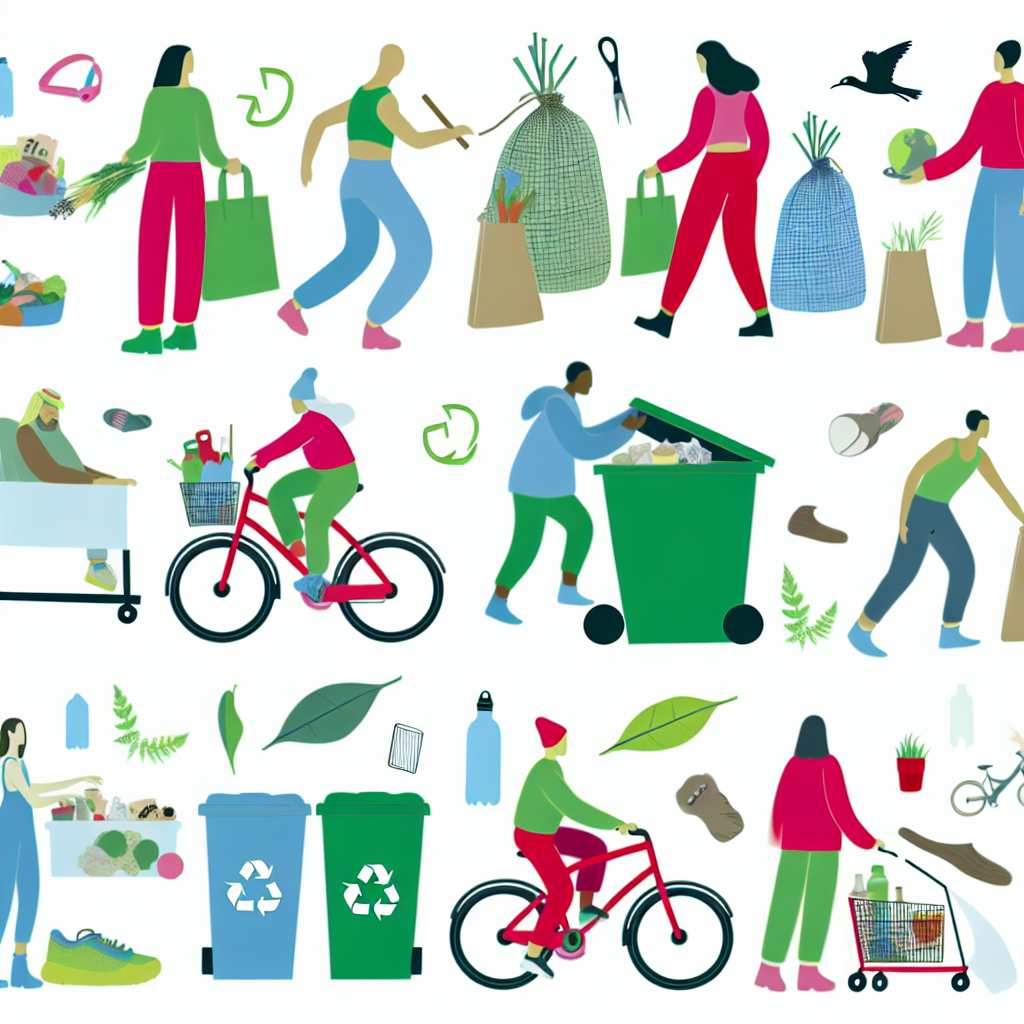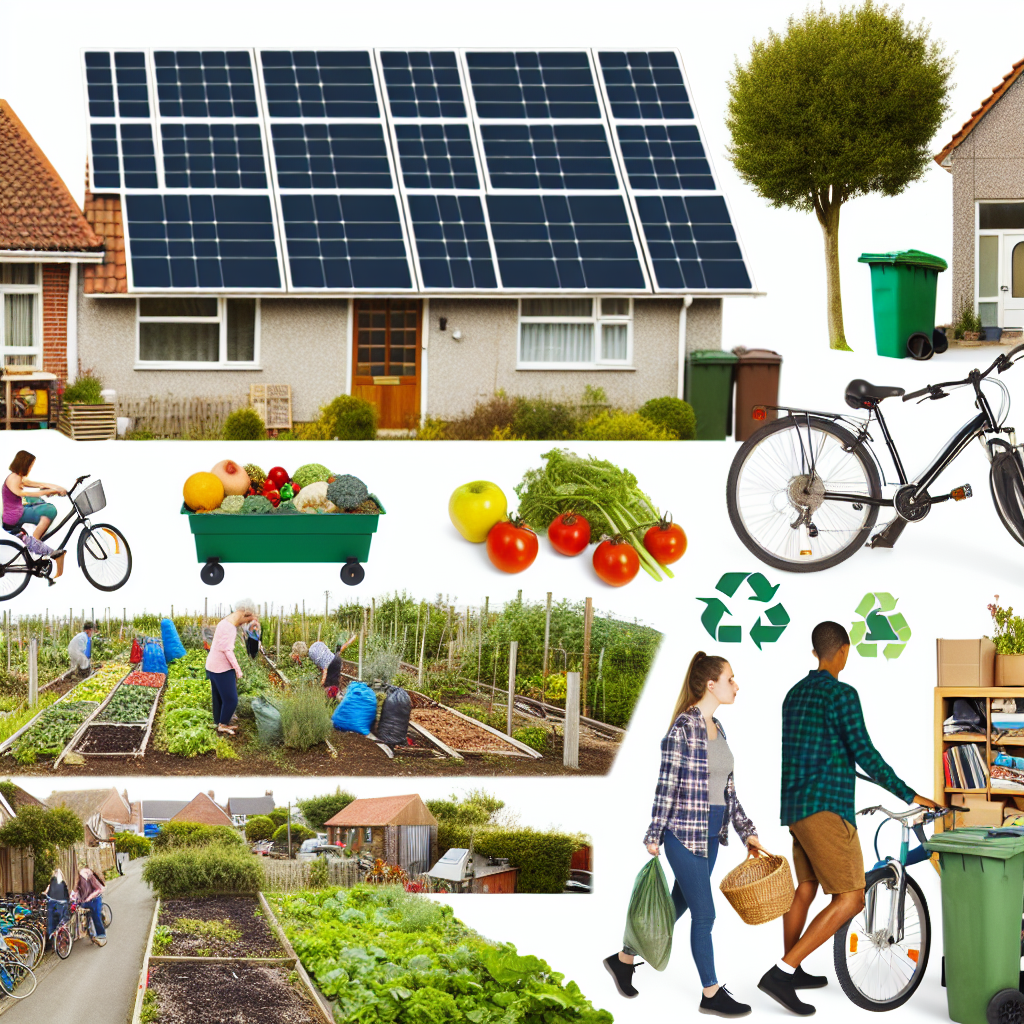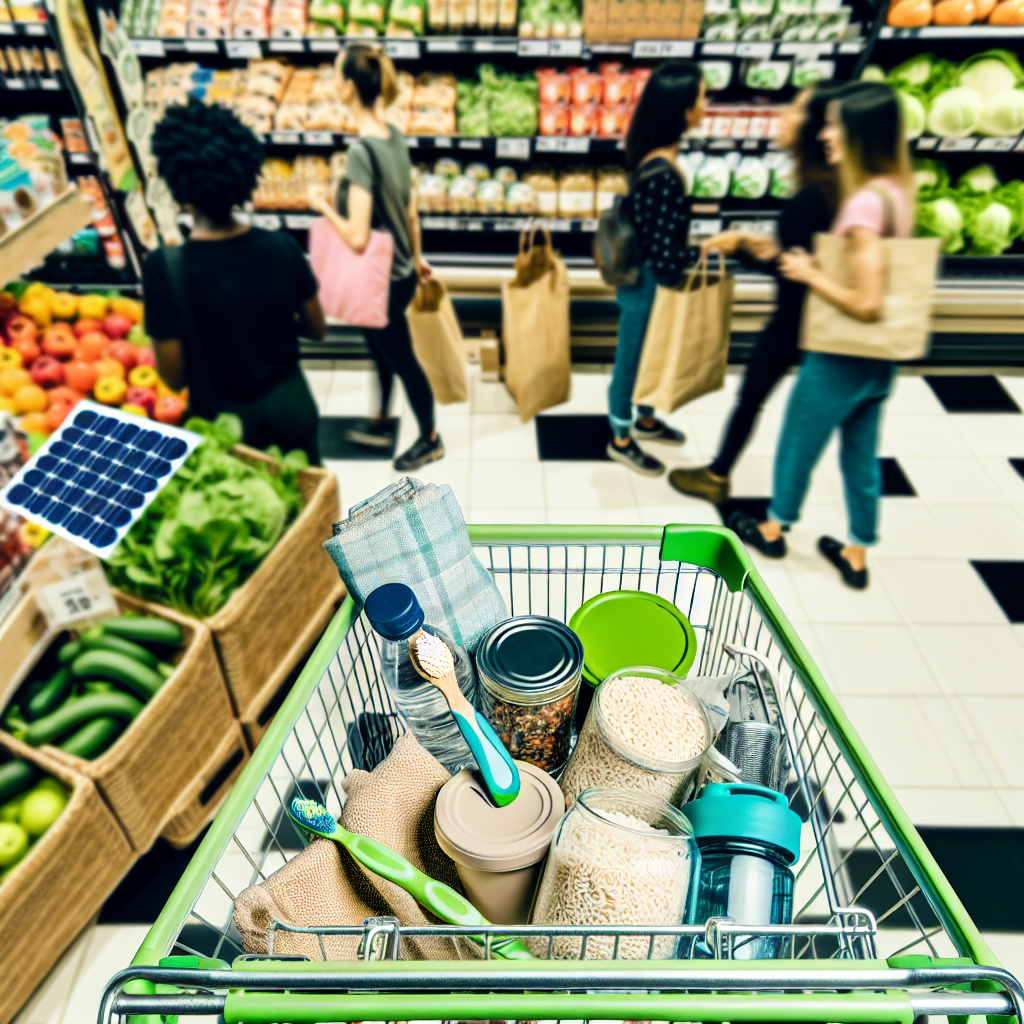10 Fun Ways to Cut Your Grocery Bill and Eat Sustainably
Introduction
Hello, fellow food savers! Here at Frugal Zeitgeist, we love living in a way that’s kind to the Earth and helps us save money for fun future adventures. Whether you’re dreaming of exploring the Andes or just buying a cool new dog leash, we’re here to help you save. Today, we’re going to talk about how to spend less on groceries while also eating in a way that’s good for the planet. We’ve got ten creative ideas to help you shop smart, waste less, and still eat like royalty!
Strategy #1: Plan Your Meals Carefully
If you don’t make a plan, you might end up spending too much at the store. Meal planning is like having a trusty sidekick on your shopping trip. By deciding what meals you’ll make each week, you can avoid buying things you don’t need and make sure no food goes to waste. Here are some tips to make your meal plan good for the environment:
- Eat More Plant-Based Foods: Try having meals without meat once in a while. They’re usually cheaper and better for the planet. Think zucchini fritters, lentil tacos, and chickpea salads that even a dinosaur would love.
- Buy Seasonal Produce: Choose fruits and veggies that are in season. It tastes better and costs less!
- Make a Shopping List and Stick To It: Write down what you need and don’t get distracted at the store. Your wallet will be very happy!
Strategy #2: Buy in Bulk
Buying in bulk is like finding treasure without having to wear an uncomfortable eye patch. It’s good for the planet and your wallet. Plus, you’ll look really smart when you tell people that you have plenty of quinoa.
- Grains: Stock up on rice, oats, and pasta. They’re great to have in your kitchen.
- Beans and Legumes: They’re full of protein and fiber (and are cheaper than superheroes who are addicted to cleaning products).
- Nuts and Seeds: A tasty and crunchy addition to any meal without emptying your wallet.
Strategy #3: Grow Your Own Food
Imagine picking fresh basil from your garden instead of buying yet another wilted bunch. Growing your own veggies, even if just on a windowsill, can save you money and is a lot of fun.
- Herbs: Basil, mint, and parsley are easy to grow and don’t require a green thumb!
- Leafy Greens: Lettuce and spinach grow quickly!
- Vegetables: Try growing tomatoes and peppers; they’ll keep giving you fresh produce.
Strategy #4: Use Reusable Bags and Containers
Become an eco-warrior with reusable bags and containers instead of a cape. Reducing plastic waste helps the planet!
- Reusable Produce Bags: Say no to single-use plastics and impress everyone at the checkout.
- Glass Containers for Bulk Items: Organize your pantry with style.
- Beeswax Wraps: Save money and the environment each time you use them for your snacks.
Strategy #5: Visit Local Farmers’ Markets
Farmers’ markets are full of fresh produce and great deals. Shopping locally supports farmers and often saves money, too.
- Go at the End of Market Hours: You might find discounts as sellers prefer to sell instead of taking stuff back home.
- Buy In-Season Produce: It’s usually cheaper and helps you eat with the seasons.
- Make Friends with Farmers: A friendly chat could lead to great deals.
Strategy #6: Cook and Freeze Meals
Turning your kitchen into a busy cooking spot can save you time and money later.
- Soups and Stews: They freeze well and are cheap to make.
- Casseroles: Easy to make and great for feeding a crowd or yourself.
- Vegetable Curries: Packed with flavor, and they freeze nicely.
Strategy #7: Reduce Food Waste in Fun Ways
Become a food-saving expert with these tips. Superheroes might wear capes, but you can just be awesome at using up all your food.
- Broths: Use veggie scraps to make homemade broth before composting them.
- Bread Croutons/Breadcrumbs: Turn stale bread into crunchy delights.
- Composting: Even peels can be useful in a compost bin.
Strategy #8: Try Plant-Based Proteins
Eating sustainably doesn’t mean eating boring food. These plant-based proteins are tasty and filling:
- Lentils and Beans: Packed with protein and kind to your budget.
- Tofu and Tempeh: Great in savory or sweet dishes.
- Chickpeas and Quinoa: They’re versatile and add peace to your meals.
Strategy #9: Make Your Own Pantry Staples
Get ready to make some staples at home and save big!
- Nut Butters: Cheaper to make at home and super satisfying.
- Bread and Baked Goods: Homemade bread is fun to make and nice to eat.
- Salad Dressings: Use what you have in your pantry to create tasty dressings.
Strategy #10: Store Food Smartly
Keep your food fresh so it doesn’t disappear mysteriously, or make you want to scream inside quietly.
- Keep Produce Fresh: Use the fridge’s veggie drawers to keep food fresh.
- Preserve Bread: Freeze extra loaves to avoid waste.
- Avoid Spoilage: Know where things belong in your fridge to keep it organized.
By using these ten ideas, you’ll save money and eat sustainably. Grab your reusable bag and head to the store knowing you’re part of the Frugal Zeitgeist mission to a greener and more budget-friendly future. Happy snacking while helping the planet!









